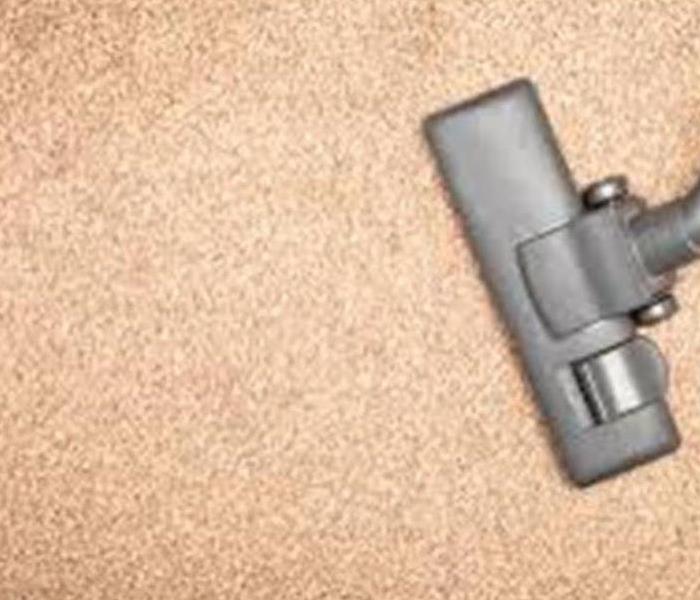Commercial Carpet Cleaning- maintaining high-traffic areas
9/18/2017 (Permalink)
What steps should I take to maintain carpet in a high-traffic area on a daily basis, and to deal with spills and stains?
- It's a good idea to keep sand, grit and grass clippings off walkways outside entries to prevent inward tracking of these abrasive soils.
- Purchase a properly sized entry mat, the bigger the better. There must be room for at least two steps to sufficiently wipe soil from feet before encountering the installed carpet. A carpet with a nylon face and vinyl back is best for moisture and oils absorption, combined with the resiliency necessary to collect a quantity of particle soil. The IICRC suggests a rental mat, since that guarantees frequent maintenance. Place entry mats on hard surfaces rather than on carpet where they can trap moisture or cause plasticizer migration.
- Vacuum, vacuum, vacuum daily, especially after major events. The sooner you collect soils from the surface, the easier it is to remove them. For most carpet, you should use an upright vacuum with brush agitation, unless your canister vacuum is particularly well designed. The wider the head, the more efficient.
- Typically, deep cleaning should be accomplished on at least a semi-annual basis, with no more than two entry and high-traffic area "rinse" cleanings between the deep cleaning. This is dependent on traffic and daily maintenance as well. At a minimum, some attention should be given to primary entry areas on a quarterly basis.
- If spots are treated immediately, most will respond with plain warm water and very little mild detergent added.
- Use high-efficiency double-lined poly-fiber collection bags. This reduces periodic maintenance such as dusting of furniture, heating, ventilation and air conditioning (HVAC) filter exchange.
- Make sure the HVAC system is slightly positively pressurized as well, which means that air is going out when doors are opened, rather than being sucked in. Proper air exchange rates can be calibrated according to ASHRAE regulations for the building with a trained HVAC contractor.
- Ensure proper air filtration through the HVAC System. High-efficiency pleated filters, rather than inexpensive fiberglass filters, are recommended.





 24/7 Emergency Service
24/7 Emergency Service